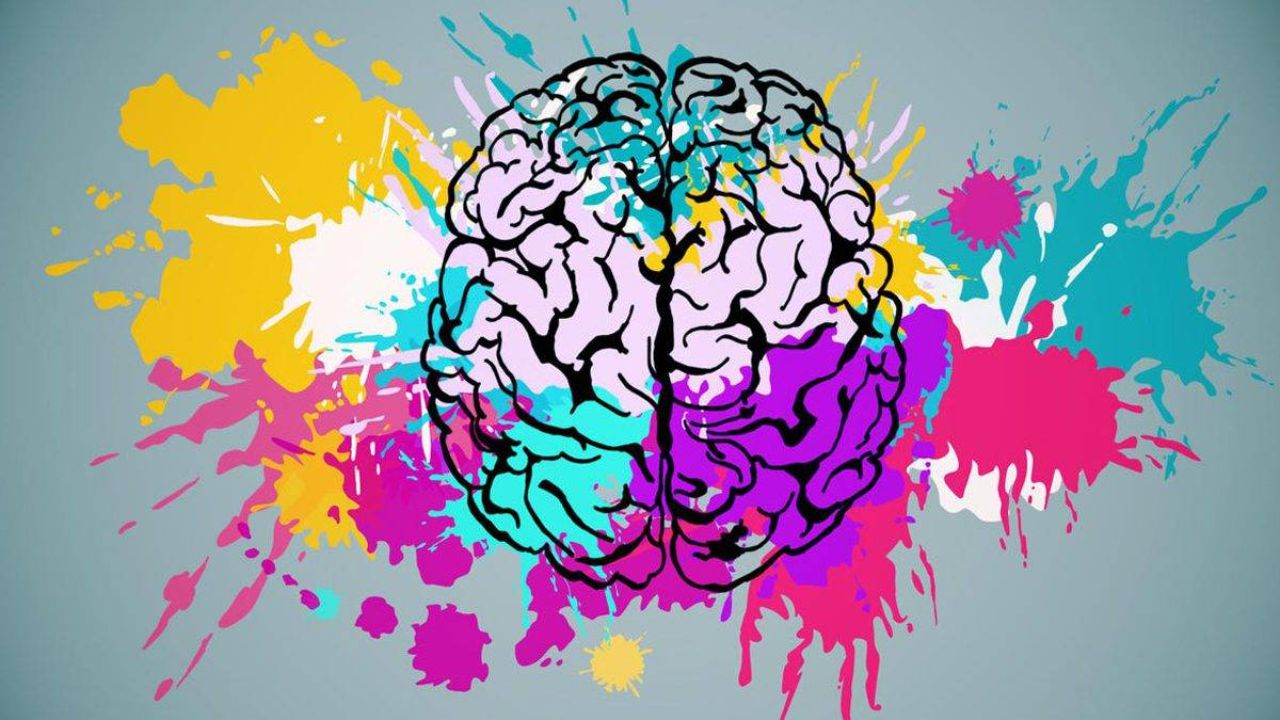In recent years, social media platforms have become a dominant force in our lives, changing the way we interact, communicate, and consume content. Among these platforms, TikTok has emerged as a cultural phenomenon, capturing the attention of millions worldwide. With its addictive nature, users find themselves endlessly scrolling through an endless stream of short, engaging videos. In this article, we will explore the science behind TikTok addiction and why we can’t seem to put our phones down.
Bite-Sized Content and Cognitive Load

TikTok’s format of short, bite-sized videos also contributes to its addictive nature. Our brains are wired to seek information and process it efficiently. The brevity of TikTok videos makes it easy for our minds to digest the content without expending much cognitive effort. Unlike longer articles or videos that might require sustained attention, TikTok offers a continuous stream of easily digestible content, making it ideal for consuming information in a fast-paced world. However, if you are not addicted to TikTok, we propose you buy TikTok view packages for your account growth.
The ease of scrolling from one video to the next reduces the cognitive load required to navigate the platform. This convenience encourages users to keep swiping up, leading to longer sessions on the app. As a result, we find ourselves spending more time on TikTok than we intended, falling into the trap of mindless scrolling.
Dopamine and the Reward System

At the core of TikTok addiction also lies the brain’s reward system, specifically the release of dopamine. Dopamine is a neurotransmitter associated with pleasure and reinforcement, and its release is triggered by activities that bring us joy or satisfaction. TikTok, with its infinite scroll and quick video clips, taps into this system, creating a feedback loop that keeps users hooked.
When we open TikTok, we are presented with a wide variety of content. Some videos are funny, heartwarming, or entertaining, while others might be surprising or informative. As we engage with these videos, our brains release dopamine, which makes us feel good and motivated to continue using the app. The unpredictability of content also plays a role – not knowing what video we’ll see next keeps us scrolling in anticipation of the next dopamine hit.
Social Validation and FOMO
Another critical aspect of TikTok addiction is the social component of the platform. Humans are social creatures, and social media platforms provide a way for us to connect with others, share experiences, and seek validation. TikTok’s algorithm presents content tailored to our interests, creating a personalized experience. This personalization gives users a sense of belonging, which reinforces their attachment to the platform.
The platform’s emphasis on likes, comments, and shares adds a social validation component. Users are motivated to create and share content to receive positive feedback and affirmations from their peers. Each like and comment activates the reward system, leading to an increased desire to continue engaging with the platform to maintain or increase social validation.
Moreover, the fear of missing out (FOMO) also plays a role in TikTok addiction. The constant flow of new trends, challenges, and viral content creates a sense of urgency to stay up-to-date with the latest happenings on the platform. Users fear that if they miss out on something exciting, they might feel disconnected or left behind, encouraging them to keep scrolling and engaging.
In conclusion, TikTok addiction is a result of various psychological factors that tap into the brain’s reward system, exploit our preference for bite-sized content, and leverage our social nature. As the platform continues to evolve, it’s essential to be aware of these psychological mechanisms and implement strategies to ensure responsible and mindful use of social media to maintain a healthy balance between the digital and real world.

